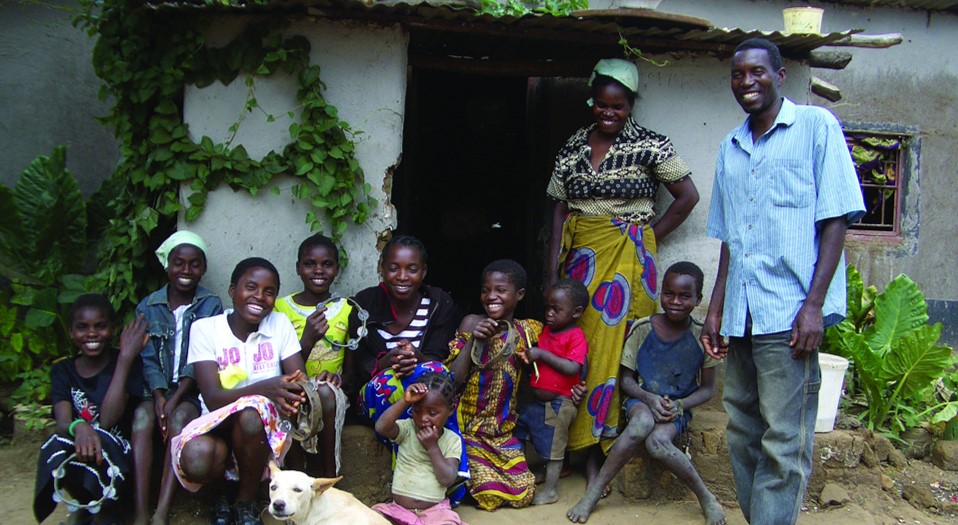What are Gender Transformative Approaches (GTA)?
Presented by: Ana Maria Paez Valencia

- Deep understanding of gender dynamics and social inequalities and how these affect livelihoods and landscape management.
- Critical awareness of gender roles and norms
- Challenging oppressive norms and behaviors, as well as the distribution of resources and allocation of duties.
- Involving men & boys to encourage collaboration and discourage conflict.
- Increasing women’s bargaining power.
Intrahousehold Equity in Regreening Africa
Presented by: Hilda Kegode, Judith Oduol and Karl Hughes

- There are four indexes: extent of practice, intensity of practice, diversity of practice and intra-household equity but focus is on gender equity for this webinar
- Intra-household gender equity- are women involved in agroforestry decision-making? Is division of labor between men and women equal? Are sales from agroforestry benefitting both men and women?
- Rwanda had most women being engaged with Senegal and Niger having low number
- ICRAF to guide partners on integrating gender on restoration activities
- Ghana has a significant shift in women involvement, but it is more localized in areas under gender programing
- Gender dimension was lowest in all countries except for Rwanda
Challenging the Underlying Causes of Gender Equity: A case study from the Regreening Landscapes of Ghana
Presented by: Gloria Kukurije Adeyiga

- Gender inequity manifests in the following areas: access, control, work burdens (roles at home), gender attitude, and decision making
- The GTA aims to address the unequal areas (above) in gender roles. Three approaches were used: GTA modules; community support; monitoring of the gender indicators
- Gender indicators were a collection of the things that men and women wanted to measure. These measurements were things that they could easily monitor. These indicators benefitted both men and women
- The indicators lead to shifts in gender relations, improves household wellbeing that are resilient have a shared access and assets and the men/women/youth being able to restore land in a way that they desire
- Land restoration should be deliberate in planning, design and budgeting for the gender to empower and transform
- GTA requires continual engagement for it to be sustainable to keep the process going
- Need to celebrate the success to mark progress on the changes made
–––––––––––––––––––––––––––––––––––––––––––––––––––––––
Additional Resources
Watch the webinar : Gender Transformative Approaches: Empowering and mainstreaming women in land restoration
Read more:
- Understanding how Gender dynamics affect management of land restoration is essential for designing effective transformative approaches
- A reflection on Gender Transformative Action in Ghana: Can traditional gender norms shift?
- Case study on how Regreening Africa is prioritising gender inclusion and agency in land restoration
- This brief on “Prioritising Gender Inclusion and Agency in Land Restoration” demonstrates how women can be meaningfully engaged in restoration and the opportunities that result from their inclusion.
–––––––––––––––––––––––––––––––––––––––––––––––––––––––
Further reading
- Elias et al., 2021 –Ten people-centered rules for socially sustainable ecosystem restoration https://onlinelibrary.wiley.com/doi/abs/10.1111/rec.13574
- Paez-Valencia, A.M. 2020. Gender-responsive project implementation with the Resilient Food Systems Programme. https://knowledgecentre.resilientfoodsystems.co/assets/resources/pdf/rfs_gender-activities-and-guidelines_29_01_21.pdf
